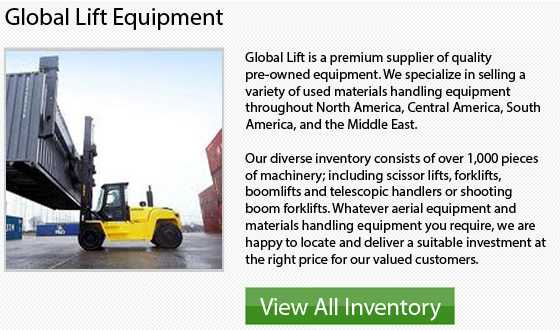
TCM LP Forklifts Fort Worth
Propane Tank Rules
The LP or liquid petroleum system style gas container is an OSHA term which refers to the piping, regulators, hoses, regulators, valves and fittings. The agency requires specific parts depending upon the capacity of the tank. These individual components must go trough recognized laboratory testing. The right laboratory approval proves that the system parts meet construction, pressure and thickness standards.
Tank Location
The OSHA is the group who dictates how near the propane tank is located to ignitable materials, to buildings, to tanks which contain inflammable liquids, cutting torches and welders. These stringent regulations are implemented to make the jobsite as safe as possible for the employees and those others who are in the vicinity.
Nameplate Marks
LP systems require that the name, the address, the supplier of the container, and or the tanks brand name, be marked on the propane container. The container capacity is to be listed with the following information: gallons or pounds of fuel, square foot outside surface, pressure and fill level. Furthermore, details regarding whether or not the container is designed to be installed above ground or underground is also visible. These markings must be on a metal plate connected somewhere visible to the container. OSHA requires that each tank has to be marked by the Pressure Vessel Inspectors and National Board of Boiler in order to be considered ready and safe to utilize.
Tank Modifications and Repairs
OSHA also regulates any maintenance to the LP systems, such as welding. The workers performing repairs and the tank owners must know the regulatory codes and standards which the tanks were manufactured. Welding repairs to any part of the system that is subject to internal pressure should first follow these fabrication codes. Other welding is only permitted on saddle plates, lugs or brackets.
The OSHA works hard to make certain that individuals who work with lift trucks and in their vicinity are kept safe. They have strict regulations and training procedures in place so as to make sure that these industrial machines and their repair processes are handled as safe as possible and with respect. It is vital that businesses follow their rules and steep fines can occur if they are not followed.
- Fantuzzi Container Forklift Fort Worth
Rail / Intermodal Reach Stacker Rail or Intermodal Reach Stackers manufactured by Fantuzzi would make fast work of difficult applications. The distances between the first and second rail will drastically vary depending on the task.... More - Taylor Rough Terrain Forklift Fort Worth
Rough Terrain Lift Truck Training Class VII or rough terrain forklifts are often used in logging and forestry projects and are common on construction sites. They are the popular option for outdoor settings which depend... More - JCB Zoom Boom Fort Worth
Raw Materials The cab, body, boom and frame of a telescoping boom rough terrain forklift are generally manufactured by a lift truck manufacturer. The most common material used for these subassemblies is steel, because of... More - Potain Self Erect Cranes Fort Worth
Tower cranes are being utilized often for big building construction projects. They are necessary for the heavy lifting and positioning of materials and machinery. Tower cranes provide a different design that offers a lot of... More - Yale LP Forklifts Fort Worth
You'll notice specific types and classes of forklifts available on the market. Once you have become familiar with the numerous models, it is easier to understand you lift truck application needs prior to choosing one.... More








